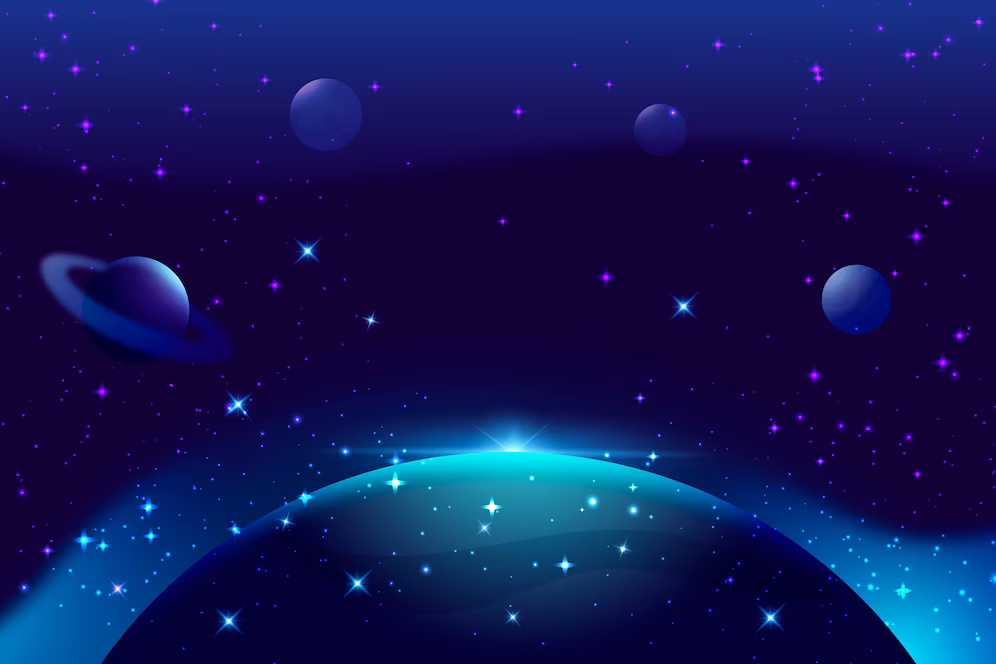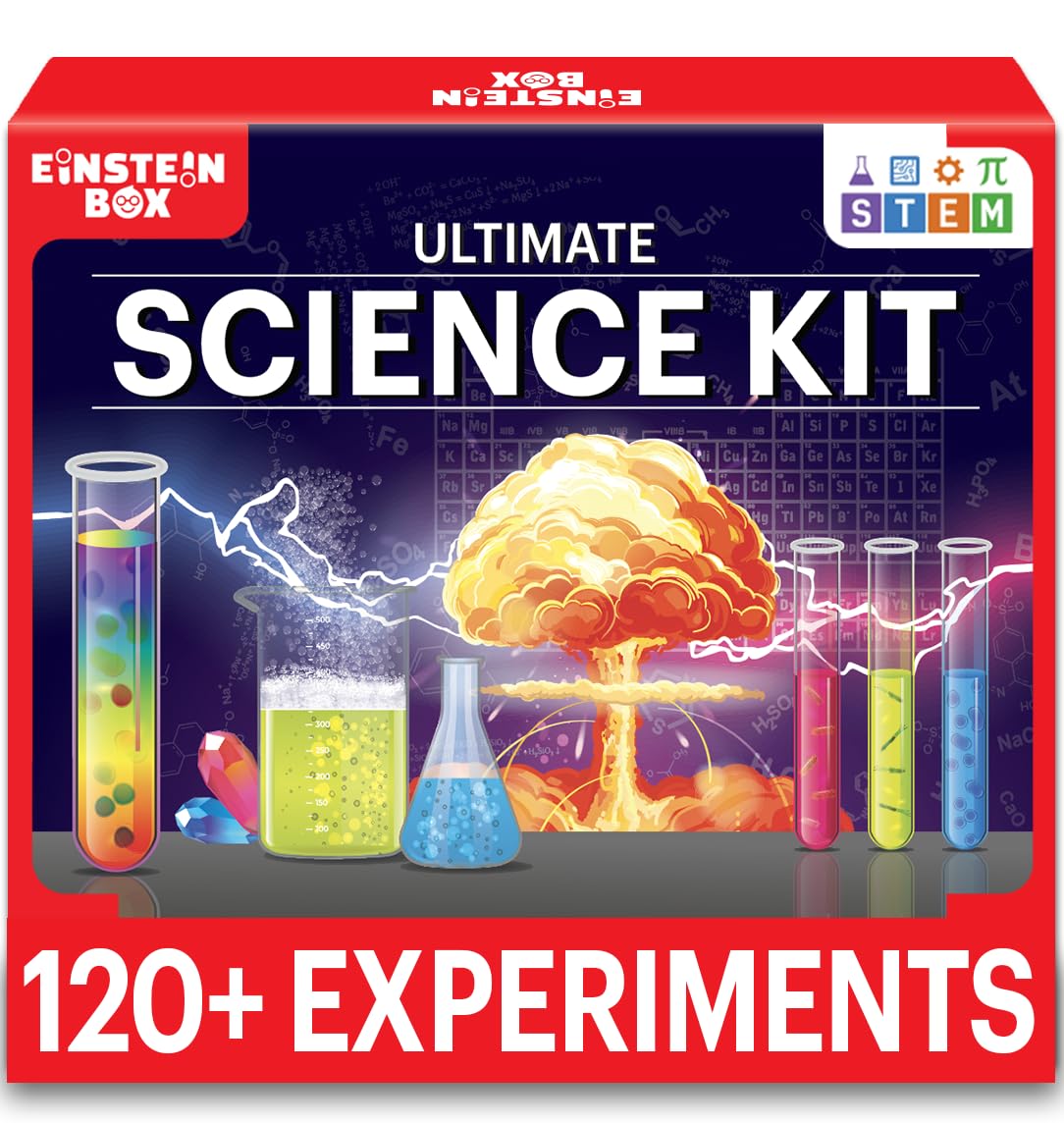Every year, on the first Friday of May, we celebrate National Space Day—a day dedicated to honoring the incredible achievements in space exploration and inspiring a new generation of dreamers, scientists, and explorers. This annual celebration began in 1997, initiated by aerospace company Lockheed Martin, with the goal of promoting interest in space and advancing STEM (Science, Technology, Engineering, and Mathematics) education. What started as a company initiative has since grown into a nationwide movement, embraced by educators, students, museums, and curious minds across the globe. It’s a day to look up at the stars, reflect on how far we’ve come in exploring the universe, and imagine the boundless possibilities that lie ahead.

There are actually two different National Space Days to consider, depending on location:
1. India – National Space Day (August 23rd):
- Celebrates the successful landing of Chandrayaan-3, India’s lunar exploration mission.
- Marked by parades, cultural programs, and exhibitions showcasing India’s space achievements.
- A time to reflect on India’s growing role in space exploration.
2. US (First Friday of May):
- A day to celebrate everything space-related!
- Schools and science centers often host educational events and activities.
- A time to inspire future generations to pursue careers in science, technology, engineering, and mathematics (STEM) fields.
History of National Space Day
- The history of National Space Day can be traced back to the beginning of the universe itself. Imagine an intense pressure and temperature resulting in the Big Bang, which exploded the universe into existence. Since then, curious minds have been fascinated by space and its mysteries.
- Ancient Greeks played a significant role in developing the study of planets and stars, laying the groundwork for modern astronomy. Although the heliocentric system (planets revolving around the sun) was first suggested by the Greeks, it wasn’t formally published until 1543 when Copernicus outlined his ideas.
- In the 17th century, Galileo Galilei further advanced astronomy by inventing an important apparatus for observing space. Despite facing opposition from patrons, colleagues, and even the Pope, he pursued his passion.
- Fast forward to the space race during the Cold War, where America and Russia competed to achieve space flight milestones. The victory came when Apollo 11 successfully landed on the moon on July 16, 1969.
- In 1997, the Lockheed Martin Corporation introduced National Space Day as a one-off event. Due to its extreme popularity, it was later expanded to International Space Day in 2001 by former astronaut and senator John Glenn.
- Space continues to be a captivating topic, with countless secrets waiting to be discovered. While we’ve barely scratched the surface, National Space Day allows us to celebrate what we do know and be in awe of the universe
The Human Story Among the Stars
Space exploration has always been a celebration of human ingenuity, bravery, and collaboration rather than merely a scientific undertaking. Space accomplishments mark significant moments in our common history, from Neil Armstrong’s breathtaking 1969 first landing on the moon to the ongoing operation of the International Space Station (ISS), which houses astronauts from several countries. The Apollo missions were only the beginning of the journey. For years, NASA’s rovers have been investigating Mars, returning data and breathtaking images that help us better understand the Red Planet. In the meantime, companies like Blue Origin and SpaceX are making spaceflight private, reusable, and commercial—something that was previously unthinkable. These developments suggest that people may eventually live on planets other than Earth, with bases on the moon, missions to Mars, and perhaps even interplanetary travel within our reach.
A Global Effort in Cosmic Discovery
Even though the US has led the way in space exploration, space travel is a truly international endeavor. With ground-breaking missions, organizations like China’s CNSA, Japan’s JAXA, Europe’s ESA, and India’s ISRO are all participating. International praise has been given to ISRO’s Chandrayaan missions to the Moon and the Mars Orbiter Mission for their creativity and economy. China has successfully landed rovers on the Moon and Mars, pushing the boundaries of human knowledge, and the European Space Agency is still working together on joint missions like the ExoMars program. These global collaborations, particularly on facilities like the ISS, show how science can bring people together in a common pursuit of knowledge.
Engaging the Next Generation: From Classrooms to Cosmos
National Space Day is more than a celebration—it’s a catalyst for curiosity. Across the country, schools host space-themed science fairs, workshops, and hands-on activities to engage students in the wonders of the universe. Museums and science centers organize rocket launches, virtual reality spacewalks, astronomy nights, and guest lectures from astronauts and scientists. These events not only ignite imagination but also introduce young minds to the possibility of careers in space science, aerospace engineering, and astronomy. As famed astronaut Mae Jemison once said, “Never be limited by other people’s limited imaginations.” National Space Day embodies this spirit by reminding students that the sky is no longer the limit—it’s only the beginning.
Space Technology’s Impact on Earth
While space may seem distant, its benefits are all around us. Space research has transformed everyday life, often in ways we don’t realize. Satellite communications power our smartphones and internet access; GPS systems help us navigate; weather satellites provide critical data for climate modeling and natural disaster warnings. Technologies developed for space missions—like infrared thermometers, water purification systems, and scratch-resistant lenses—have found widespread applications on Earth. These innovations demonstrate how investment in space science often yields practical solutions to real-world challenges.

Looking Ahead: Missions That Shape the Future
The future of space exploration is unfolding before our eyes. NASA’s Artemis program aims to return humans to the Moon and establish a sustainable presence there by the end of this decade. The James Webb Space Telescope, launched in 2021, continues to deliver breathtaking views of the early universe, offering clues about galaxy formation and the origins of life. Plans for Mars missions, asteroid mining, and even space tourism are advancing rapidly. These ambitious projects show that space exploration is not just about rockets and satellites—it’s about vision, perseverance, and the human desire to explore the unknown.
A Call to Wonder and Action
On this National Space Day, let us celebrate not just the achievements in space but the spirit that drives them. Whether you’re a student fascinated by the stars, a teacher inspiring future scientists, or a family gazing up at the night sky, there’s a place for everyone in the journey to the cosmos. Attend a local space-themed event, visit a planetarium, watch a rocket launch online, or simply take a moment to marvel at the constellations. As Carl Sagan once said, “Somewhere, something incredible is waiting to be known.” Let that be our guiding light—not just on National Space Day, but every day we dare to dream beyond the horizon.
Read Also
- List of Important Days
- National Sports Day
- National Cinema Day
- World Food Safety Day
- World Environment Day
- National Smile Day: The Power of a Healthy Smile
- Celebrating World Laughter Day!
- Celebrating Star Wars Day!
- International Jazz Day
- NASA Delays Astronaut Return Amid Boeing Capsule Issues
- Sunita Williams & Butch Wilmore Return to Earth After 286 Days

Einstein Box Ultimate Science Kit Ages 8-12-14| Birthday Gifts Ideas for Kids| STEM Learning Toys for 8,9,10,11,12,13,14 Year Olds
Most Comprehensive Science Kit: Introducing Einstein Box Ultimate Science Kit for kids with over 120 amazing experiments ranging from changing colors and glowing water to setting up underwater volcanoes, making magic potions & many more. they will feel like real scientists with easy-to-follow instructions & have a blast exploring the natural wonders of life.
Frequently Asked Questions (FAQs)
A. National Space Day is observed annually on the first Friday of May to celebrate space exploration and its contributions to science and technology. It aims to inspire interest in space among young people and honor the achievements of astronauts, engineers, and scientists.
A. People can participate by:
Visiting Space Museums: Explore exhibits at space centers and planetariums.
Watching Space Documentaries: Learn about missions like Apollo 11 or the James Webb Space Telescope.
Hosting Educational Activities: Organize quizzes or stargazing events.
Sharing on Social Media: Use hashtags like #NationalSpaceDay to spread awareness.
A. Key milestones include:
The moon landing by Apollo 11 in 1969.
The launch of the Hubble Space Telescope in 1990.
The success of Mars rovers like Perseverance and Curiosity.
Advances in private spaceflight by companies like SpaceX and Blue Origin.
A. Space exploration is vital because it:
Advances in Technology: Innovations in space research benefit daily life, like GPS and satellite communication.
Expands Knowledge: Helps us understand the universe and Earth’s place within it.
Inspires Generations: Encourages careers in STEM fields.
Addresses Global Challenges: Satellite data aids in climate monitoring and disaster management.
A. Yes, ongoing projects include:
NASA’s Artemis Program: Aiming to return humans to the moon.
ESA’s ExoMars Mission: Searching for life on Mars.
James Webb Space Telescope: Providing groundbreaking insights into distant galaxies.
ISRO’s Gaganyaan Mission: India’s first crewed spaceflight program.






I don’t think the title of your article matches the content lol. Just kidding, mainly because I had some doubts after reading the article.
I don’t think the title of your article matches the content lol. Just kidding, mainly because I had some doubts after reading the article.
I don’t think the title of your article matches the content lol. Just kidding, mainly because I had some doubts after reading the article.